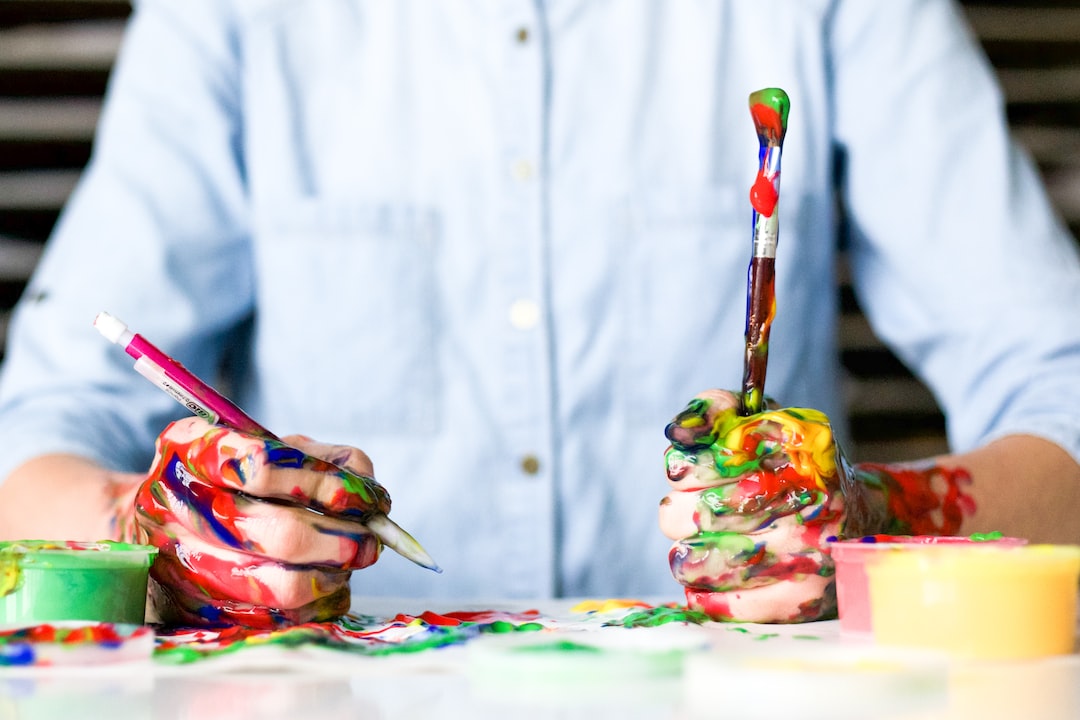From Brush to Digital Canvas: The Rise of Digital Art
Art has always been a reflection of society, evolving and adapting to the changes in technology and cultural landscape. The advent of digital technology has revolutionized the art world, giving birth to a new creative medium – digital art. With the click of a mouse or the swipe of a stylus, artists can now create breathtaking masterpieces on a digital canvas, breaking the boundaries of traditional art.
Digital art refers to any form of art created using digital technology, such as computers, tablets, and software programs. It encompasses a wide range of styles and techniques, from digital painting and illustration to 3D modeling and animation. The rise of digital art can be attributed to several factors, including accessibility, versatility, and limitless possibilities.
One of the key advantages of digital art is its accessibility. Unlike traditional art forms that require physical materials and specialized skills, digital art can be created by anyone with a computer and basic knowledge of digital tools. This has democratized the art world, allowing aspiring artists to express their creativity without the need for expensive art supplies or years of training. Moreover, digital art can be easily shared and distributed online, reaching a global audience instantaneously.
The versatility of digital art is another reason for its popularity. Artists can experiment with various techniques and styles, seamlessly blending colors, textures, and effects, which would be difficult to achieve with traditional media. Digital tools also offer the advantage of undoing mistakes, allowing artists to easily correct and refine their artwork. Additionally, digital art allows for easy manipulation and editing, enabling artists to explore endless possibilities and push the boundaries of imagination.
The rise of digital art has also influenced the way art is consumed and appreciated. With the proliferation of digital devices, art has become more accessible to a wider range of people. Museums and galleries are increasingly displaying digital artworks, recognizing their cultural and artistic value. Online platforms and social media have also provided a platform for artists to showcase their work, connect with fellow artists, and gain recognition from art enthusiasts around the world.
However, the rise of digital art does not mean the demise of traditional art forms. Both digital and traditional art have their own unique qualities and charm, and many artists combine the two to create hybrid works of art. The integration of digital technology has expanded the possibilities for artists, allowing them to explore new dimensions and push the boundaries of creativity.
In conclusion, the rise of digital art has opened up exciting new possibilities for artists, revolutionizing the way art is created, appreciated, and consumed. With its accessibility, versatility, and limitless possibilities, digital art has become a powerful and transformative medium, merging the worlds of art and technology. As technology continues to advance, it will be fascinating to see how digital art evolves and shapes the future of the art world.


